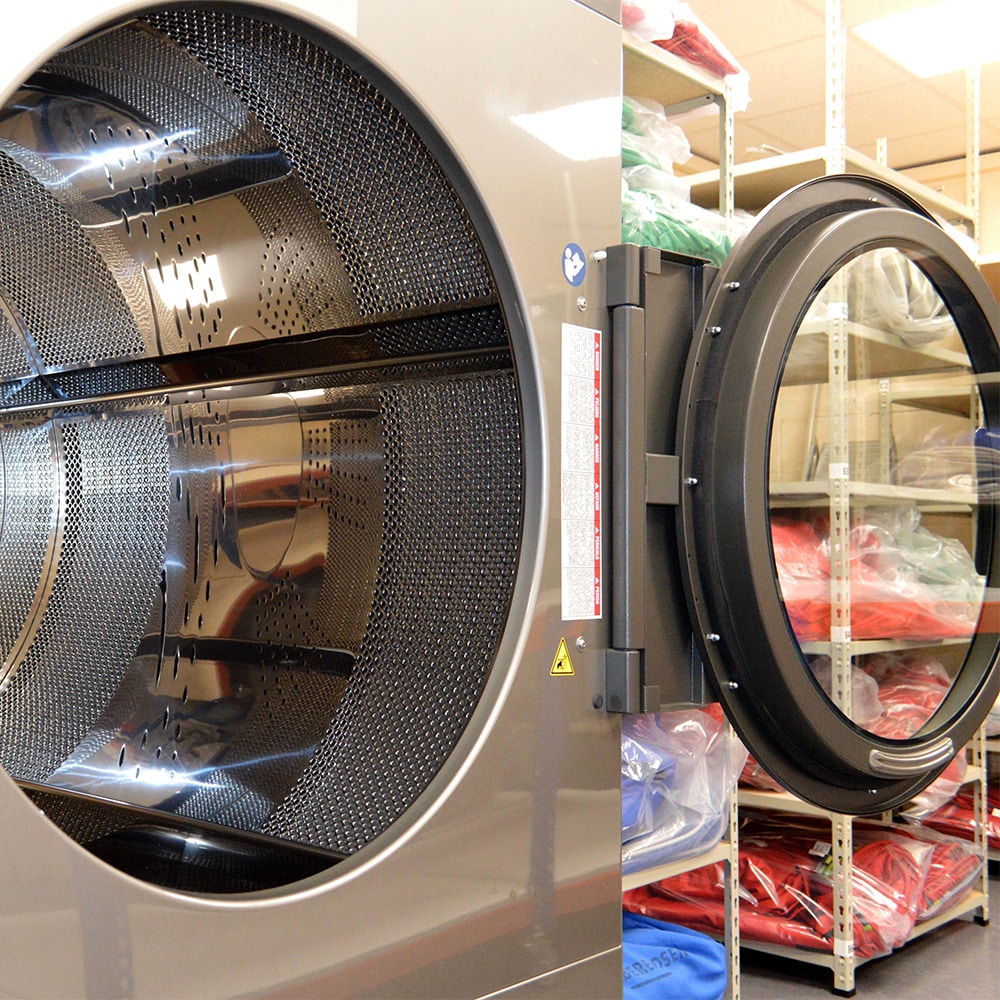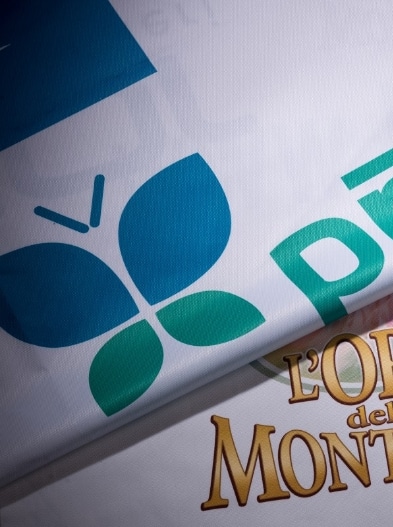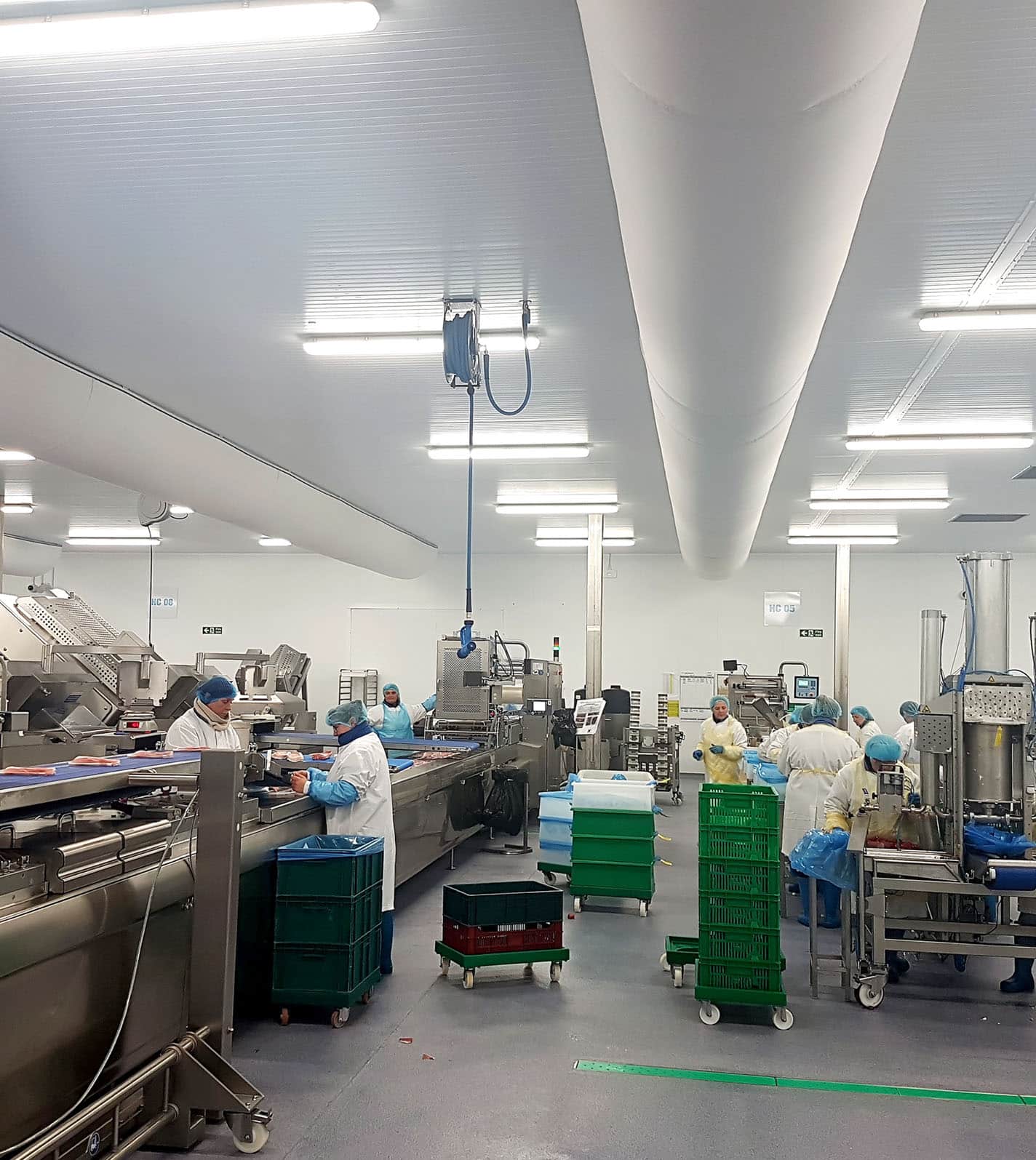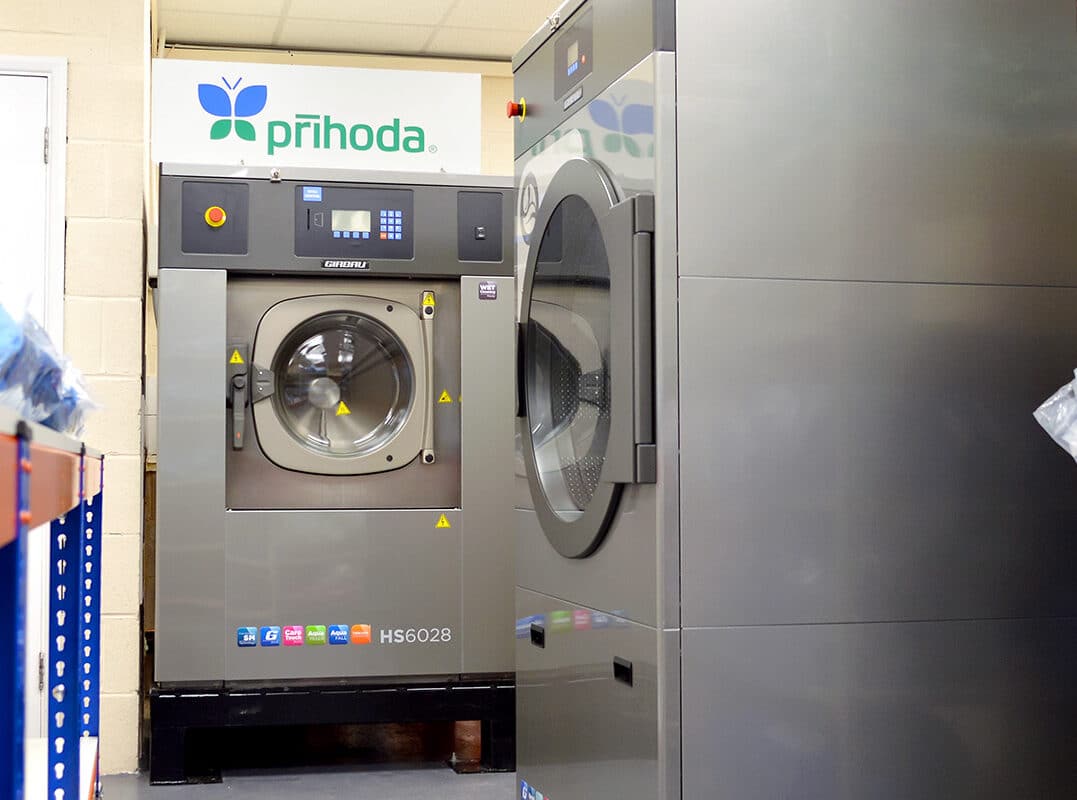Fabric Duct Cleaning: How often do I need to wash my fabric duct?
This is one of the most common questions we get. It’s also one of the most difficult to answer because it depends entirely upon the AHU system, the level of filtration, the cleanliness of the air in the immediate environment of the Fabric Ducting system(s), and the type of material and diffusers used.
Get A Quotation Today

There are a number of factors when considering your fabric duct maintenance. For instance, fabric ducts (often referred to as air socks) need washing for one of several reasons:
(1) The duct has become blocked with dust and is causing system inefficiency and loss of performance. This is rarer than you might think. It is commonly caused by poor filtration management in AHU systems using permeable fabric ducts with micro-perforations only. This duct will need turning inside out and vacuuming to remove most of the dust prior to washing.
(2) The duct has signs of dirt on the outside, and it is no longer aesthetic. This is dust from the room the fabric duct is mounted in. It can get entrained in the air pattern and settle on the duct, usually near the laser-cut perforations. There is not normally a loss of performance in this situation. The duct can be wiped down, vacuumed or removed and washed depending upon the internal level of dust build-up.
(3) Some applications have increased hygiene requirements and need regular cleaning. This is usually a food or cleanroom situation. In these cases, industrial duct cleaning is undertaken as a requirement of the hygiene systems within the organisation, not because of a lack of performance or visible dust deposits.

Our warranty terms and conditions don’t require annual cleaning unless there is a significant percentage of air travelling through micro-perforations. Other than this, it’s a question of common sense and the guidelines above.
It’s fair to say that eventually most fabric duct systems will benefit from being removed and cleaned. The ideal time will be when access is available and the system is not required – unless one has a spare system so that rotational cleaning can take place.

Prihoda Care: Textile Duct Cleaning & Maintenance
At Prihoda UK, we have our own in-house laundry facility for fabric ducts. We can wash and dry fabric ducts (from any manufacturer) for a wide variety of customers. By having this service in-house, we control the quality of the wash – in terms of temperatures and detergent products used – and the critical temperature of drying.
We survey each duct and spot when repairs are required. We can offer fast turnaround times and additional treatments (anti-bacterial – anti-fungal, etc).
We also offer a removal, installation and storage service for spare systems. Please don’t hesitate to contact us to discuss your requirements.

Washing procedure
1. Very dusty diffusers: unzip each section and carefully remove the fabric duct from the track, section by section. This minimises the weight gradually, reducing the stress on the track. Take it to a convenient place and vacuum it using a soft brush. Turn inside out and vacuum the inside.
2. Polyester Ducts: wash in a washing machine with industrial washing detergents (dosing as per supplier recommendation), at 40°C. We recommend spinning at 400 rpm and intensive rinsing. For heavily soiled ducts, this process can be repeated or a stronger detergent used. Use an adequate detergent for handwashing. Traditional diffusers are not machine washable. These can usually be effectively cleaned by vacuum cleaner, floor cloth or water stream.
3. Add disinfection into the wash, if required, as part of your hygiene process. The chemicals used for disinfection must not affect the fabric – see the washing symbols. Detergents dosing as per supplier’s recommendation.
4. Either drip dry the diffusers well after washing before installing, or install slightly damp and allow the supply air to dry the ducts. DO NOT TUMBLE DRY or in any other way heat the fabrics during drying above 40°C, as this may result in damage.
5. DO NOT STORE DAMP – mould can occur, and this damage is impossible to remove completely.

Warranty Period
10 Years
Medium weight polyester fabrics such as Prihoda Regular, Prihoda Premium and Recycled Material. This is 99% of the material specified in the UK.
5 Years
All other fabrics, servomotors, unwoven accessories (zips, hooks, etc., printing, assembly and accessories).
2 Years
Membrane diffuser, SquAireTex products, all other items not mentioned above.


